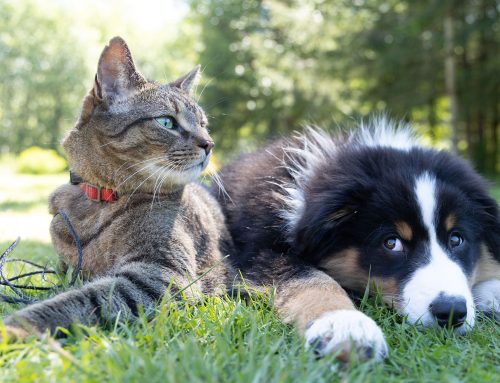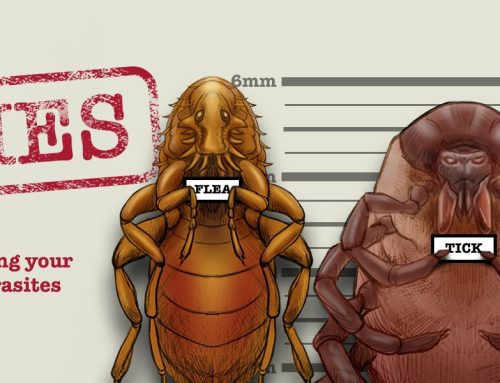The type of litter tray, the type of litter, its location, and how often and with what it is cleaned are all factors influencing a cat’s toileting habits.
How do I train my kitten to use a litter tray?
Initially, kittens are stimulated to toilet by their mother grooming and cleaning them. By about 1 month of age they toilet by themselves, following their mother’s example by digging in loose material (litter or soil). Therefore kittens tend to use litter trays once in their new environment, without much training by the owner.
Kittens tend to go to the toilet after eating, after they wake up, and after play. Supervise your kitten at these times to ensure use of the litter tray. You may need to confine them to a small area containing the litter tray if you are unable to supervise.
For inquisitive kittens prone to tasting or ingesting their cat litter, avoid clumping litters (which have the potential for intestinal obstruction or respiratory problems) or silica gel litters (which can cause gastrointestinal upset).
What type of litter tray should I use?
There are many different types of litter tray. Basic litter trays without a rim or hood are the most common and economical. They come in small and large sizes and have many other uses, including foot baths and kiddie pools!
Hooded litter trays provide privacy for your cat, prevent scattering of litter and have a charcoal filter to absorb the odours.
Where should I put the litter tray?
Place the litter tray in a private, quiet environment, but somewhere you can notice when it needs cleaning. Some cats have preferences for the location of the litter tray and you can test this by placing several litter trays in different locations, then seeing which ones (if any) are used more frequently.
How may litter trays do I need?
The number of litter trays depends on your cat. If you are away for long periods, it is a good idea to use more than one so that if one is soiled, your cat can always use the other. Do not place these trays next to each other. In multiple cat households, it is recommended to use one more litter tray than there are cats.
What type of litter should I use?
Cat litter comes in many types including clay, wood, recycled paper, ‘clumping’ litters, and silica. Use a sufficient amount of litter to cover the base of the tray and so your cat can scratch and cover any waste it leaves.
Soft, clumping litter is usually easier on cats’ paws than clay litters and only the clumps need to be removed rather than the whole litter. Wood or recycled paper is a natural organic material that is soft, dust free, controls odours, is highly absorbent and makes good garden mulch when finished with. Silica-based litters absorb moisture and odours and do not clump, remaining dry to the touch and only solid wastes need to be removed.
Some cats have preferences for certain types of litter. You can determine this by offering your cat a few litter trays side by side containing different types of litter, to see if they prefer a particular type.
How should I clean the litter tray?
Cats are fastidious, so keep the litter tray as clean as possible. One method is to line the tray with newspaper and provide a cupful of litter in which to eliminate, then the whole contents can be emptied every time it is used. Clumping types of litter or silica allow you to remove small amounts daily. Clean the tray with soapy water and rinse well. If you use strong-smelling disinfectants, make sure they are rinsed very well to remove odours that the cat may dislike.





